With geothermal heat, costs are controlled and bills are predictable
A geothermal heat pump was chosen for the detached house in Naantali due to the predictability of heating costs and the sufficiency of hot domestic water. Mirka Aittola and...

A geothermal heat pump was chosen for the detached house in Naantali due to the predictability of heating costs and the sufficiency of hot domestic water. Mirka Aittola and...
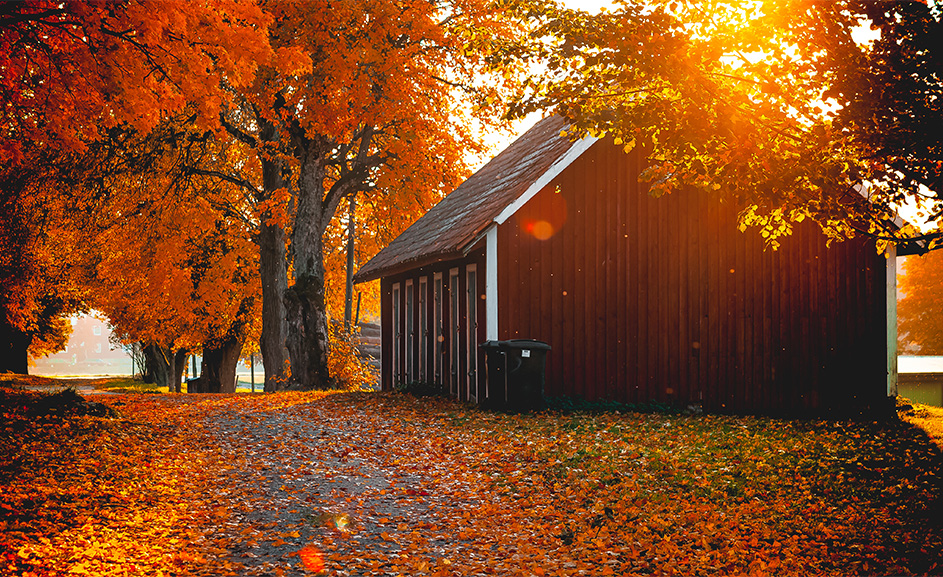
Various subsidies are available for heating renovation, both for a detached house and a larger property. In the support jungle, it can easily get confused about the options, so we...

Housing produces a third of the average Finn's carbon footprint. The most significant effect is how you heat the house and hot water. Even an old house can be lived ecologically...
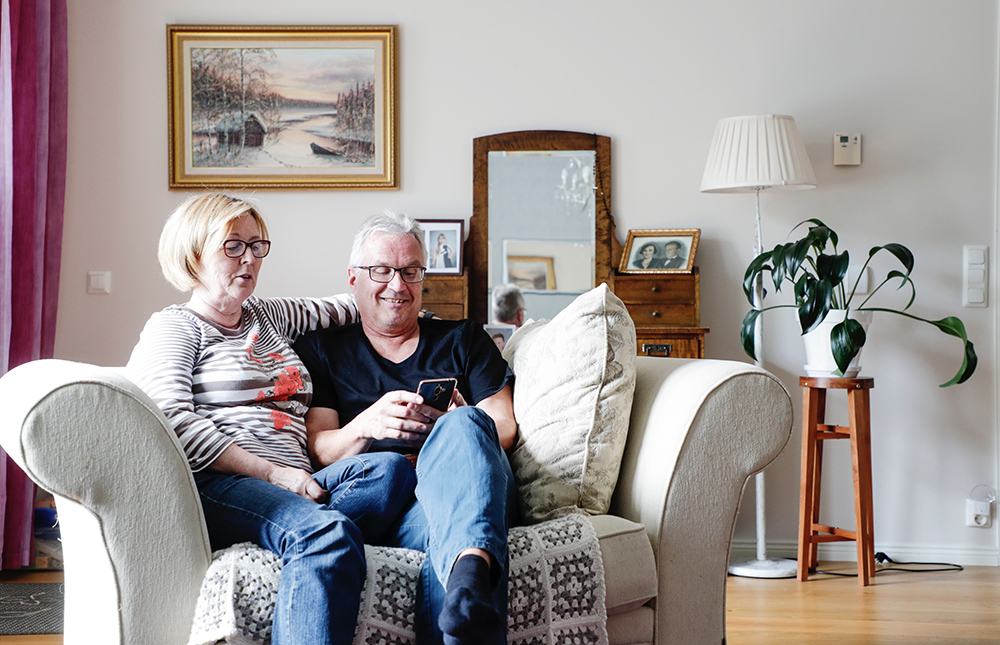
The new Jäspi air-to-water heat pump cut the heating costs of a detached house by less than half - and there is not an inch compromised on living comfort....
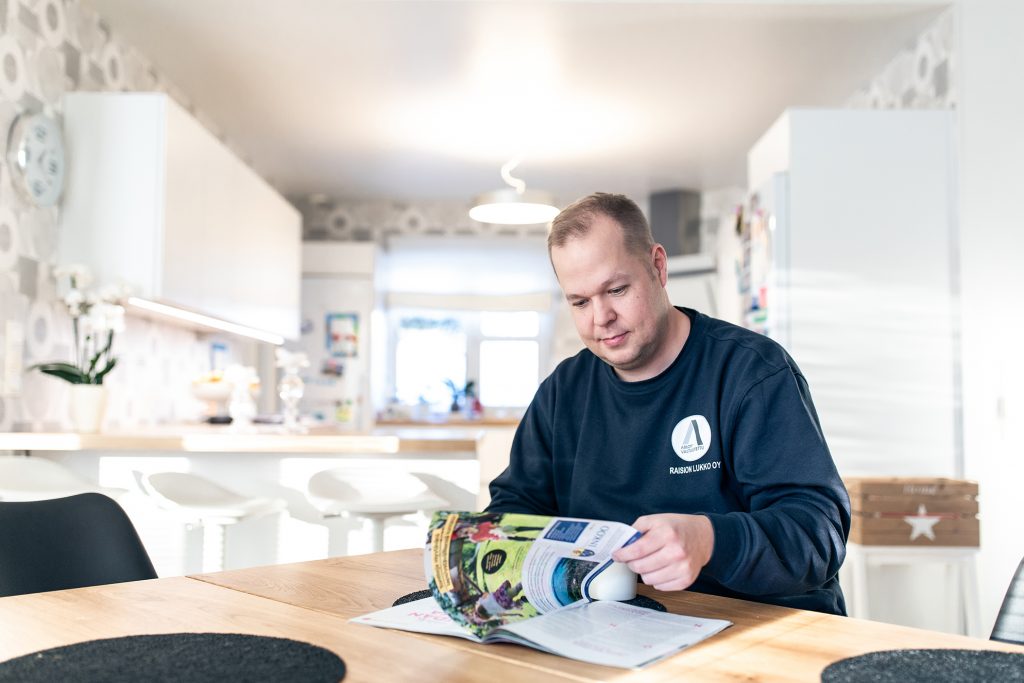
In Ihala, Raisio is a beautiful oil-heated detached house completed in 1991, where the five-person Laaksonen family lives. However, the oil boiler was already coming to an end, so...
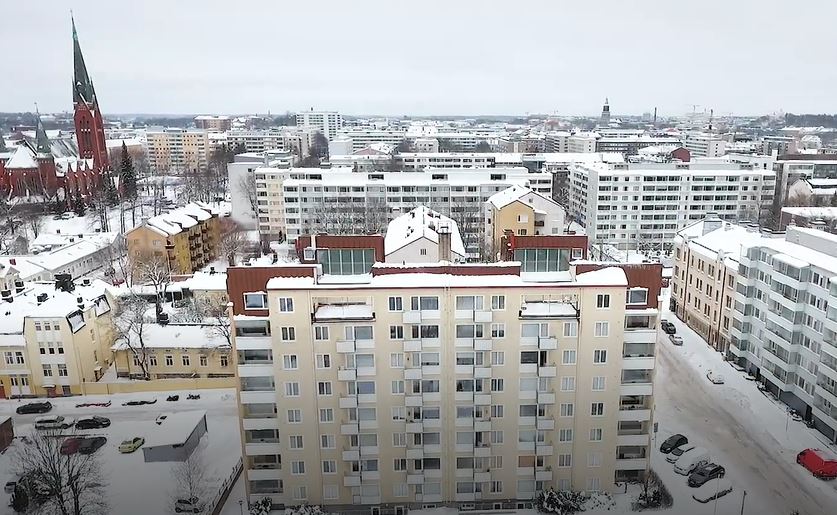
Thanks to the JÄSPI heat recovery system, the Turku-based housing company has saved EUR 34,000 in energy costs in a couple of years. A renovation that lasted only two months will...
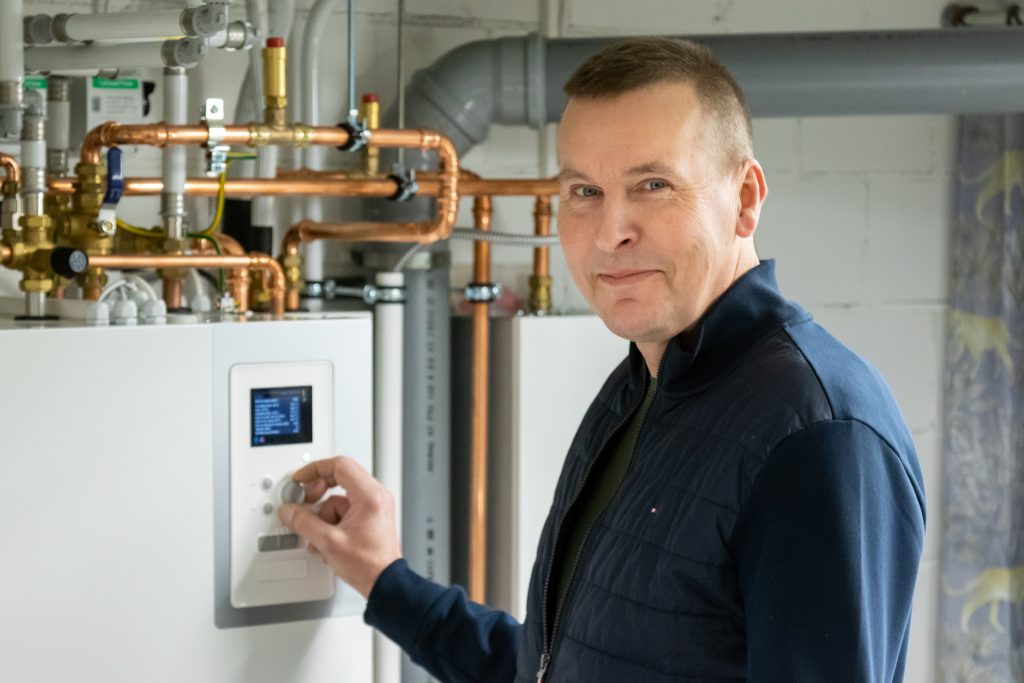
Replacing electric heating with an air-to-water heat pump brings clear savings in energy costs When direct electric heating is replaced by an air-to-water heat pump, a large...
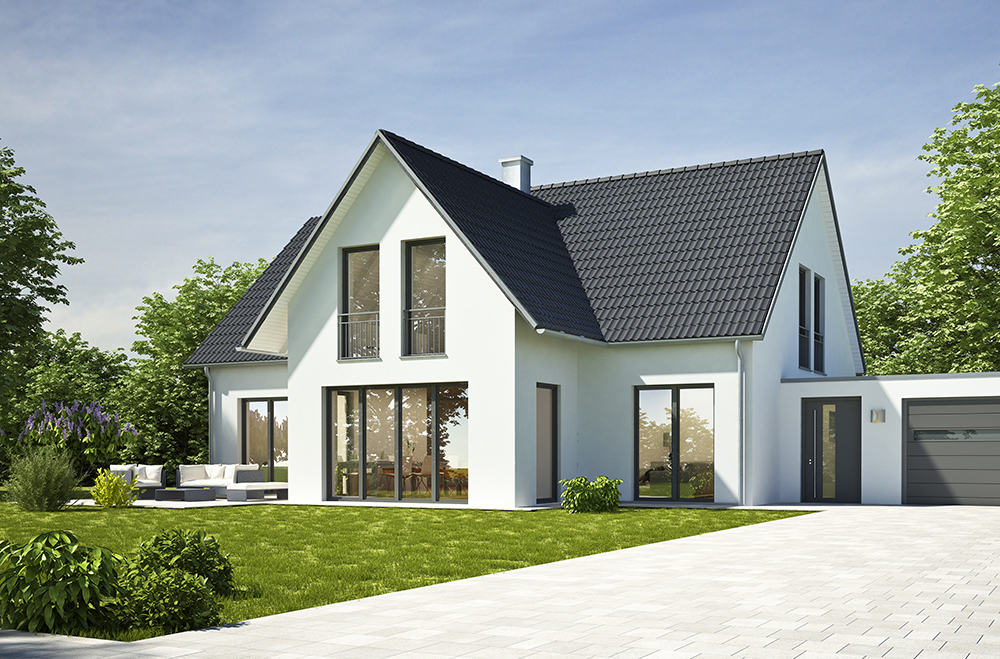
The air-to-water heat pump has become a great favorite of Finns. The device is efficient, inexpensive and quick to install, and it reliably takes care of both the heating of the...
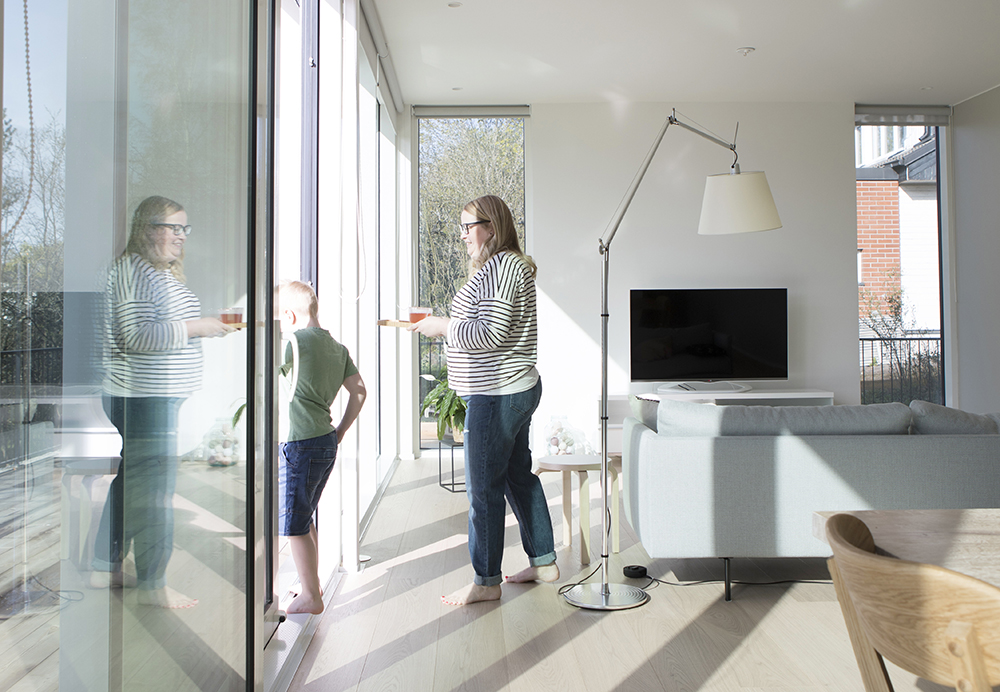
The Turku-based family chose a modern ground source heat pump for their detached house, which always runs at optimum efficiency. This helps to save electricity and prolongs the...

Kaukora Oy
Tuotekatu 11, 21200 Raisio, FINLAND
www.jaspi.fi/en
kaukora@kaukora.fi
phone +358 2 4374 600
Switch mon-fri 8-16